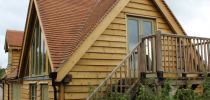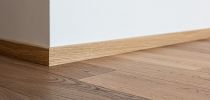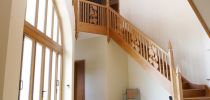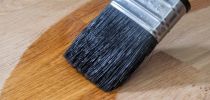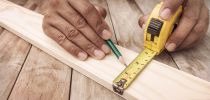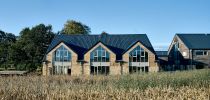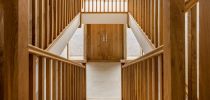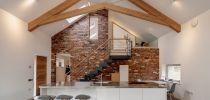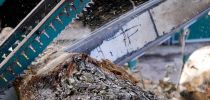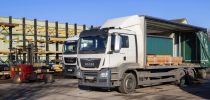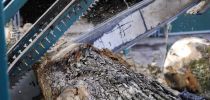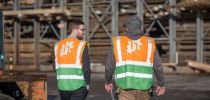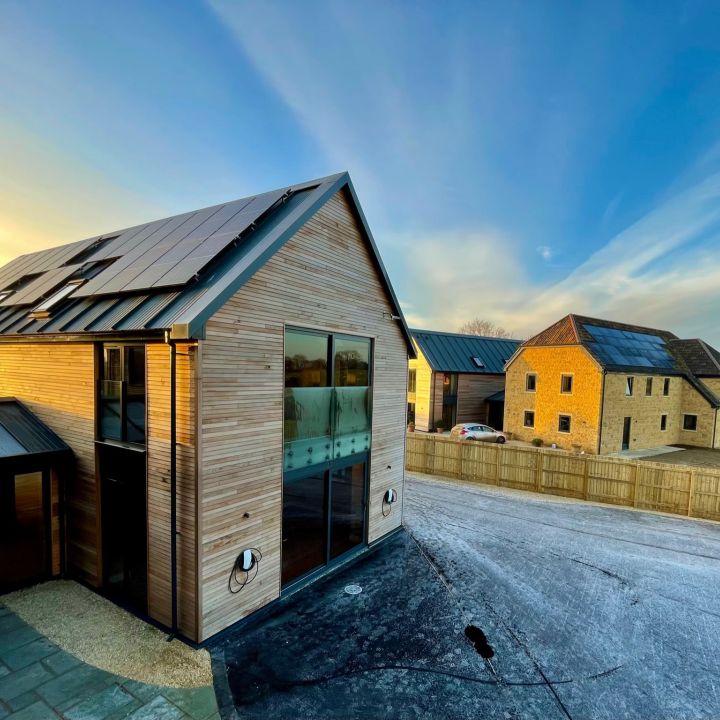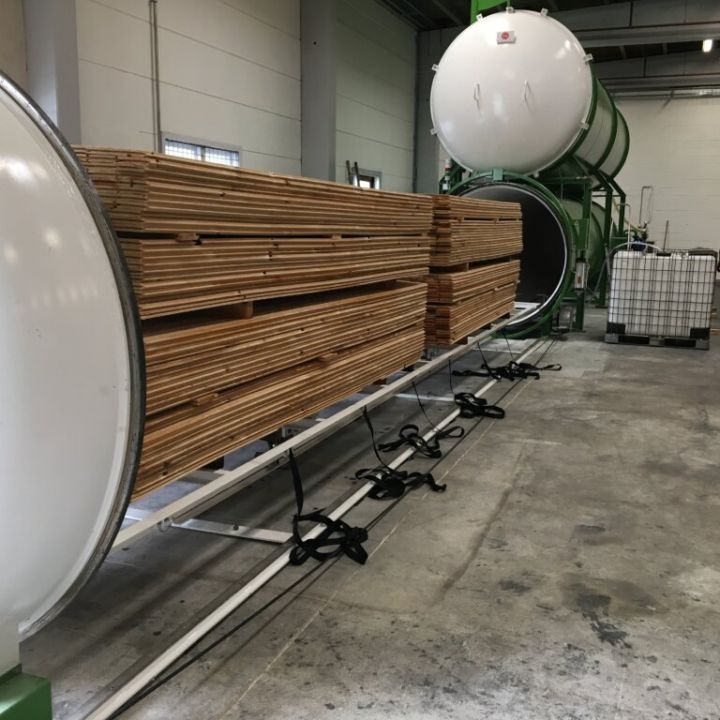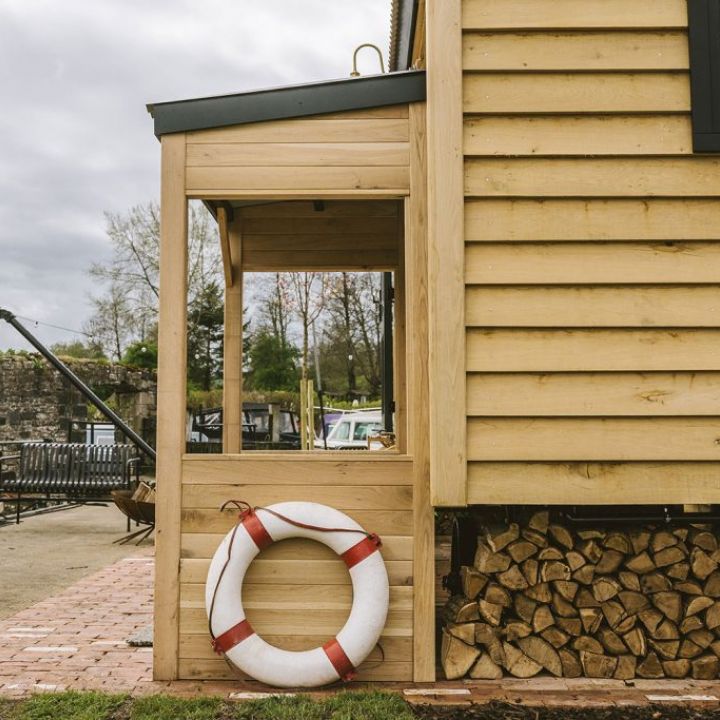
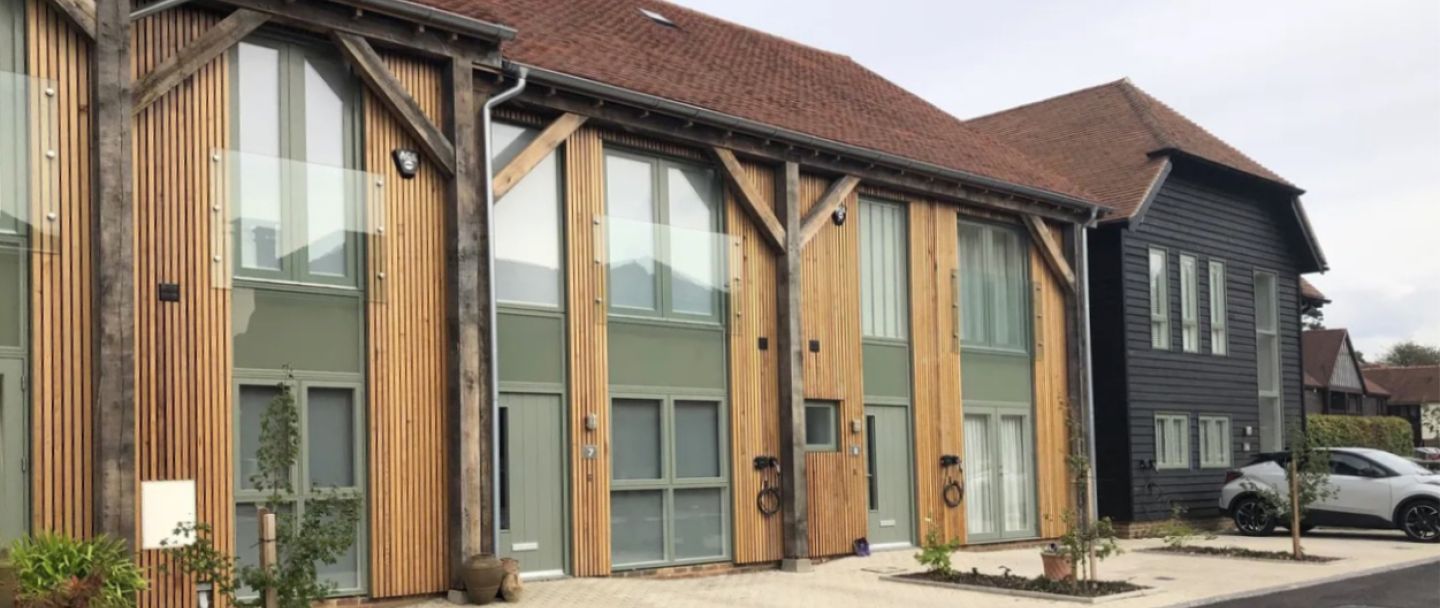
Timber Cladding Fire Retardancy
Regulations and classifications
15th February 2024
In this day and age, when timber cladding is experiencing a resurgence in popularity, fire retardancy and the applicable regulations for your project need to be considered and allowed for.
Is wood cladding a fire risk?
Technically speaking, large areas of wood are difficult to ignite quickly because as the exterior surface chars, a protective layer is formed that shields the core and reduces the rate of fire spread. This means that choosing timber for external wall cladding should not exhibit an extreme fire risk unless the building in question falls into one of the categories stipulated overleaf and thus a specific fire rating is required.
Fire regulations for external cladding
In the UK, building regulations state that the materials used for the external wall construction or cladding should not be a medium for the spread of fire. Approved Document B requires that consideration is given to the choice of materials as well as their arrangement used for external wall construction, attachments to the wall, or cladding, to reduce the risk of fire spread. This is intended to help reduce the risk of vertical fire spread and spread to adjacent buildings.
Specific fire ratings are required depending on building height, use, and distance from adjacent properties. Given that most wood has a fire rating of Euro Class D;
- For buildings under 18 metres: The fire rating of external cladding should be Euro Class B or better if it is within 1m of the boundary. If it is more than 1m from the boundary, no rating is required.
- For relevant buildings over 18 metres: The fire rating of external cladding should be Euro Class A, whatever distance it is from the boundary. Euro Class A materials are also known as non-combustible, providing little or no contribution to fire.
Here, ‘relevant’ is taken to mean a building with a storey at least 18 metres above ground level which contains one or more dwellings, an institution, or a room for residential purposes.
This means untreated cladding isn’t suitable for buildings under 18 metres and within 1m of a boundary, or buildings over 18 metres any distance from a boundary. To become suitable for the external wall construction or cladding of a building that is under 18 metres and within 1 metre of a boundary, the fire rating of wood would need to be boosted to Euro Class B through some form of treatment.
Can timber cladding be fireproofed?
By applying flame retardant treatment, it is possible to significantly enhance the fire rating of timber cladding, thereby expanding its suitability for a wide range of building applications.
It is worth noting that because wood is inherently a combustible material, it cannot have its fire rating improved to class A, meaning it is unsuitable for constructing residential, institutional, or multi-occupancy buildings exceeding a height of 18 meters. Nevertheless, excluding these particular cases, wood remains a reliable and adaptable construction material, offering safety and versatility.
Through treatment, timber cladding with a D rating can be elevated to a B rating, enabling buildings with specific fire safety needs to utilise timber while benefiting from its environmental advantages and aesthetic appeal.
We work with recognised partners to offer a variety of treatment solutions to ensure your cladding meets the required rating. Speak to our team to find out more!


